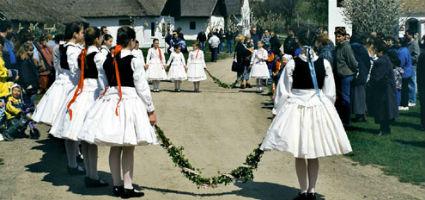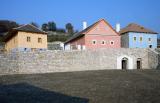2026. January 16. Friday
Hungarian Open Air Museum - Szentendre
 |
Address: 2000, Szentendre Sztaravodai út
Phone number: (26) 502-500, (26) 502-501
E-mail: latogato@sznm.hu
Opening hours: 01.11-27.03.: Sat-Sun 10-16
01.04-31.10.: Tue-Fri 9-17 12-13.11.: 9-18 |

